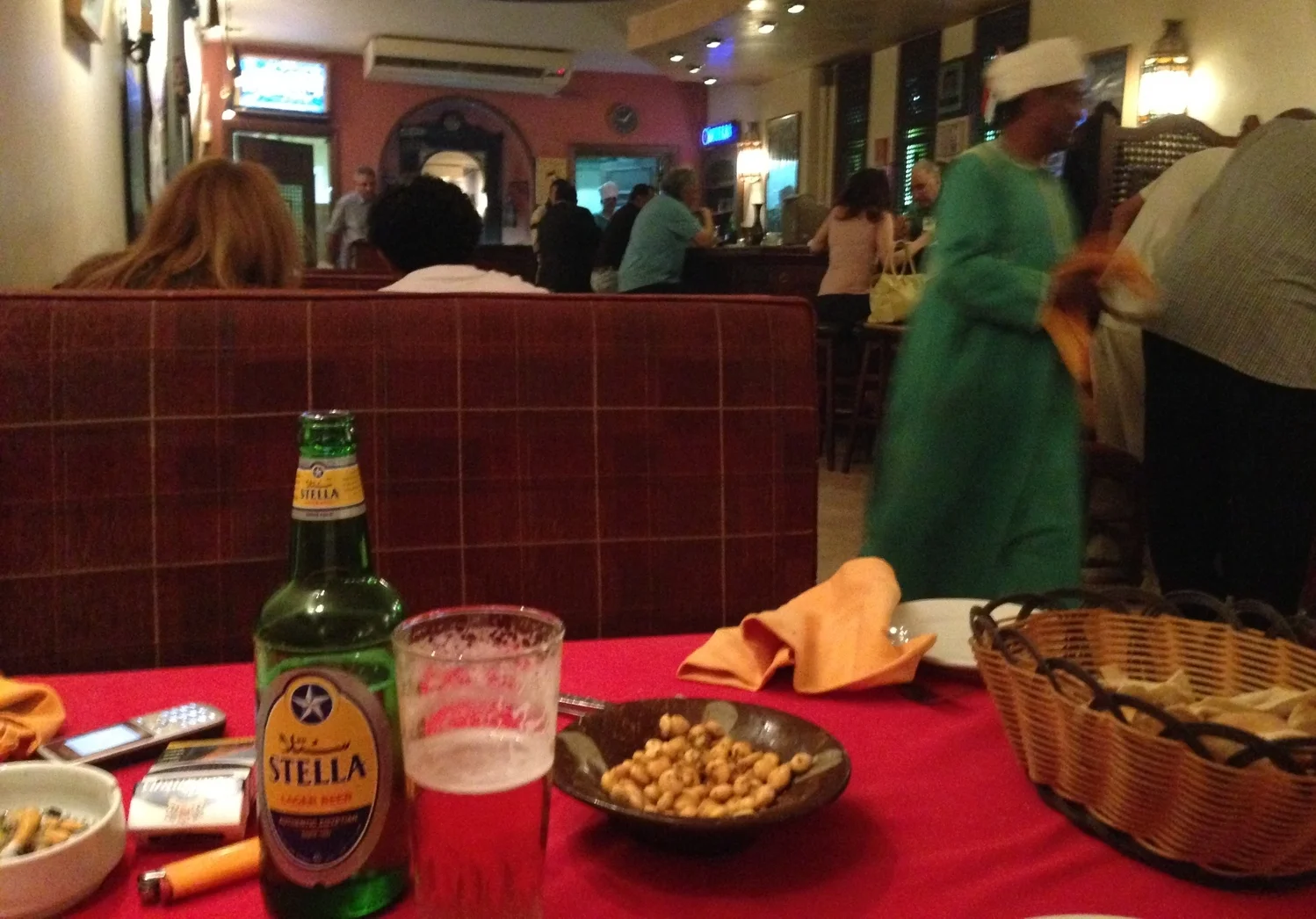Washington, DC is supposed to be famous for its cherry trees. Each year, there is a very official National Cherry Blossom Festival on the Mall at which we are reminded that some of the first trees were a gift from the Mayor of Tokyo in 1912. Today, there are colorful celebrations of the trees, complete with kimonos, parades, and a ceremonial lighting of an old stone lantern. The Tidal Basin becomes, for 10 days, a pilgrimage site.
By design, cherry trees have proliferated in the leafier neighborhoods of the District’s upper northwest since even before the date of 1912. Even so, I am not sure if these cherry orchards will survive. I look around, and I can’t help notice that there are a lot of dead ones this year.
If you walk on the sidewalks in the District, you will have noticed the confusion of the cherry trees these past few autumns. Without fail, during warm spells in November or December, many of the trees begin to bloom. Thinking it’s spring, they put out gorgeous pink and white blossoms along barren, dark branches. Not a bee around. The frost comes, as it does, a day or so later and the tiny withered flowers fall onto the carpet of brown and yellow leaves. The trees go back into hibernation. Having already sprung their spring, they have little to look forward to come March.
I haven’t lived here long enough to say how long this has been going on, but definitely in my neighborhood for the past five years, at least. This year, something else started to happen. Some of the cherries in my neighborhood failed to bloom this spring. They also failed to leaf. By May, their striped-bark trunks and barren twisted branches were conspicuous among the burst of green all around. By June, owners were sawing off the more grotesque limbs. Then the city came through and sprayed the tell-tale orange mark on curbside cherries: dead tree; vector of fungus and insect infestation; for removal.
On the way to work today, I passed five cherry tree skeletons like this one. They’ve been like that all spring and summer, shouting “mortality!” while every other plant exploded with green life. They weren’t the only kind of trees to die this summer. In the local woods — Battery Kemble, the C & O Canal, and Great Falls — we saw lots of trees come down this summer. Tulip trees and beech trees in soil so soaked that they toppled over in June’s high winds. I saw a line of hundred-and-fifty-foot oaks cut in half during a storm in July.
But the cherries were different. They died before spring came. By late summer, their owners had stripped the limbs off each, leaving only the trunk and flat stumps where thick branches used to be. These weren’t saplings. These were established trees, 20+ years old. They were well cared for, some of them the centerpiece of well-groomed gardens. But they all chose to die at the same time, which must have been sometime after they went into false blossom last fall.
The average lifespan of the yoshino cherry—which, along with the kwanzan, is the dominant cherry cultivar in the District—isn’t much longer than 20 years. So perhaps this all routine circle of life stuff, as natural as the annual festival that celebrates the blossoms?
There is another chapter in the history of the cherry trees, told here by the National Park Service, which suggests that there is little in this circle of life that is natural. In brief, the 1912 gift of cherry trees was a replacement for an earlier gift. In early 1910, Tokyo’s gift of 2000 cherry trees arrived in Washington, DC.
6 January, 1910: Arrival of cherry trees in Washington, DC. [photo: National Arboretum]
But, on closer inspection, the trees were found to be infested with insects and nematodes.
Inspection of cherry trees [photo: National Arboretum]
Within weeks, the trees were burned to prevent agricultural contamination.
28 January, 1910. Burning of diseased cherry trees. [photo: National Arboretum]
As much as we should celebrate the 1912 importation of cherry trees, we should also remember that it was part of a very complex, global history of immigration, transportation, infestation, and contamination. In this regard, we might similarly recall that these first cherry trees were imported into DC at the very same moment that the dominant tree of the region—the American chestnut—was killed off by a fungal blight that arrived with another species (also imported from Japan). Not long after, north American elms were ravaged by beetles that arrived in logs imported from the Netherlands. Our landscapes are filled with such importations. The point is not simply to mourn the loss of a pristine environment that predates all this history. Rather, it is to suggest that these landscapes were already precarious in 1912, and that my sidewalk observations today are old news.
In the coming weeks, when the weather warms up again some cherry trees will no doubt be fooled by the weather. A false spring will come and they will bloom. The cherry trees may do this for a year or for a few, but at some point, they’ll give up, worn out by the expenditure of so much energy out of season. Then they will be stripped and prepared for removal. Is this widespread? I don’t know. But in my particular neighborhood, it’s a thing.
The silence of this process may be the biggest difference between this small, local event and the melancholic final act of Chekov’s The Cherry Orchard. That play, you might remember, ends with the noise of axes cutting down the cherry orchard. When our cherry orchard goes, there won’t be much of a sound.
Happy autumn, folks.



![6 January, 1910: Arrival of cherry trees in Washington, DC. [photo: National Arboretum]](https://images.squarespace-cdn.com/content/v1/52dc0cc7e4b0e34b862ece81/1540475275383-VAYMY84H5ZGRZGYEQ34Z/arrival1.jpg)
![Inspection of cherry trees [photo: National Arboretum]](https://images.squarespace-cdn.com/content/v1/52dc0cc7e4b0e34b862ece81/1540475411860-LFOELWDPHOF8GJIGQ21I/inspection.jpg)
![28 January, 1910. Burning of diseased cherry trees. [photo: National Arboretum]](https://images.squarespace-cdn.com/content/v1/52dc0cc7e4b0e34b862ece81/1540475639223-UM7REOI9OZXHNIZQQE04/image-asset.jpeg)